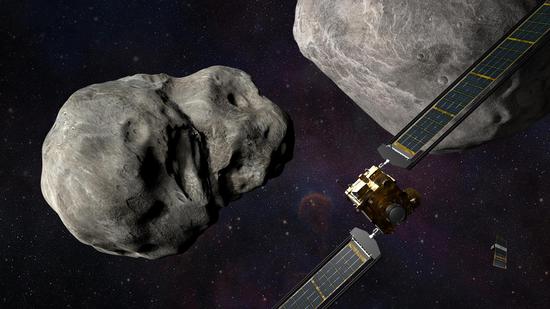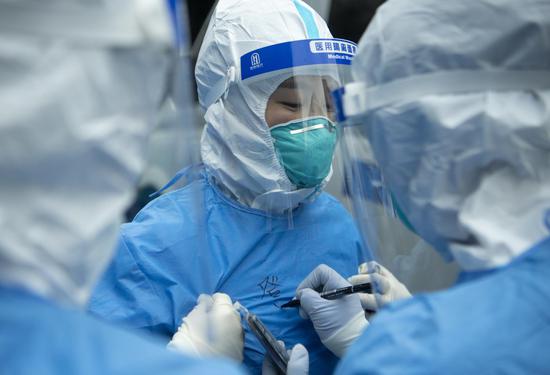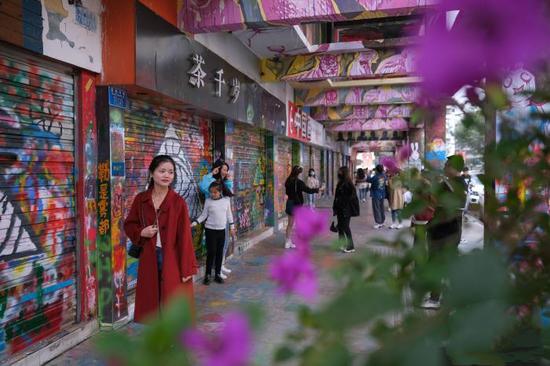The extravehicular activities (EVAs) carried out by two Chinese astronauts from Sunday evening till early Monday morning will help expand the capabilities of the mechanical arm on the country's space station, said the China Academy of Space Technology (CAST).
Astronauts Zhai Zhigang and Wang Yaping were out of China's space station core module Tianhe by 8:28 p.m. (Beijing Time) Sunday, and completed their EVAs and returned to the space station core module Tianhe at 1:16 a.m. (Beijing Time) Monday.
They performed a series of extravehicular tasks, including installing the dual-arm connector (the device linking the big and small mechanical arms) and the suspension device.
The devices will help realize the connection of the big arm on the core module Tianhe and the small arm on the lab module Wentian, which is expected to be launched in 2022 to dock with Tianhe.
The connected mechanical arms will be able to transfer a heavier load for a larger area range.
According to Gao Sheng, an engineer in charge of the mechanical arm operation with the CAST, after connection, the big arm, 10 meters long, and the small arm, five meters long, will form a combined mechanical arm, with its operation range extended to 14.5 meters.
The combined mechanical arm can cover three modules of the space station, inspecting their surface at any time, and can carry out difficult and diverse missions, Gao said.
China launched the Shenzhou-13 spaceship on Oct. 16, sending three astronauts on a six-month in-orbit mission to construct its space station.


















































 京公网安备 11010202009201号
京公网安备 11010202009201号